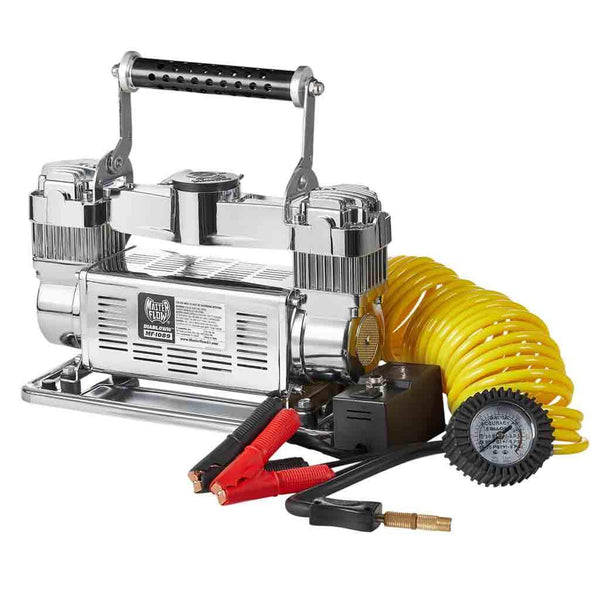Your Cart is Empty
Having a flat tire is often one of the main inconveniences of driving. Yes, we have all been there. Although none of us likes getting a flat, nearly all drives like the opportunity to do a little detective work and solve the apparent mystery of the missing air!
It is important to emphasize that your tires often have a tough gig. From navigating through bumpy construction zones to maneuvering around potholes, they endure a lot to get you from one point to another. This is why you should be prepared for a flat tire especially when you are on long trips.
Also, blowouts that happen on the road in inclement weather or late at night are more than a nuisance; they usually create a situation which can jeopardize your safety.
In this post, we will walk you through some of the most common causes of flats; this will help you do your best in order to avoid them. Let’s roll.
A puncture from a pointed or sharp object on the road is one of the most common culprits for a flat tire. These sharp objects include a nail, a screw, and pieces of glass, industrial staples, or other sharp debris. Often times these hazards are nearly impossible to see and avoid. You can avoid puncture blowouts by carefully driving around debris on the road or in a parking lot whenever possible. Also, drive carefully on poorly-maintained roads and near construction zones.
For a nice and safe ride, it is important that your car has the right tire pressure level. Your car tires could cause serious internal tire damage that can potentially lead to a serious injury on the road if they aren’t inflated properly. Over-pumped tires, in particular, can create a dangerous pressure situation, which often results in a blowout. You should ideally check your tire pressure at least once each month and as part of your routine vehicle maintenance plan.

To be sure you're always driving with properly inflated tires, check your pressure frequently and always have an air pump for car tires like a Superflowair tire inflator on hand. Also, a portable tire inflator provides a fast and convenient solution for drivers who have a flat tire. You can also check tire pressure with a tire pressure gauge or have a certified and professional mechanic do it for you.
This is another common culprit. The valve stem on the tire is a valve that opens, allowing you to fill the tires with air. Automatically, the valve stem will seal and keep the Tire Pump pressure it is supposed to. Note that flat tires are not usually caused by a hole in the rubber. At times, a leak or malfunction in the valve stem could be the culprit.
Any dirt or damage on the small piece can cause the tires to lose air until they are completely flat. The good news is that this is often a simple fix, and any tire shop or mechanic can repair or replace the valve stem quickly.
In most cases, there is not one major incident that leads to a flat tire. Instead, normal wear and tear often get the best of your car tire! With time, normal driving would eventually grind down the tread on the tires, and leave them more vulnerable to the many routine driving hazards. This increases the risk of a flat.
You can reduce this risk by avoiding fast starts and stops, monitoring and maintaining your recommended tire pressure, frequently rotating the tires, and investing in routine wheel alignment.
At times, the reason for a flat tire is not a pothole, a sharp object, or even usual wear and tear. You should know that your car tire is more likely to go flat during the summertime. It is because heat is likely to cause a flat tire. High temperature causes the air in the tires to quickly expand, in turn increasing the tire’s internal pressure.
Your risk for a leak or complete blowout increases when the pressure rises. A majority of Tire Pressure Monitoring Systems (TPMS) on the market can measure the tire pressure when they are underinflated–not overinflated. This is why you should be proactive and do not wait for the dashboard light to pop on as it usually does on cold winter mornings.
Make it a habit to double check that the tire pressure is correct while avoiding over-inflation at all costs, particularly during the summer!
At times, the tire bead will leak; it is the edge of your tire which rests on the rim. You can easily determine whether or not the tire bead is losing air by spraying your wheels as well as valve system with some soapy water. You have a tire bead leak in case you see bubbles emerging.
You cannot always avoid an unfortunate flat tire situation; however, you can take a few steps to prevent flats, like keeping the tires well maintained as well as regularly checking them for unusual wear and tear and pressure. If air pressure is down, use a Superflow tire inflator to increase your chances of staying on the road.
Comments will be approved before showing up.